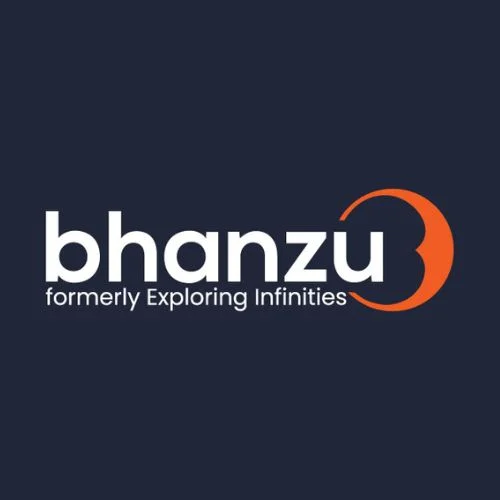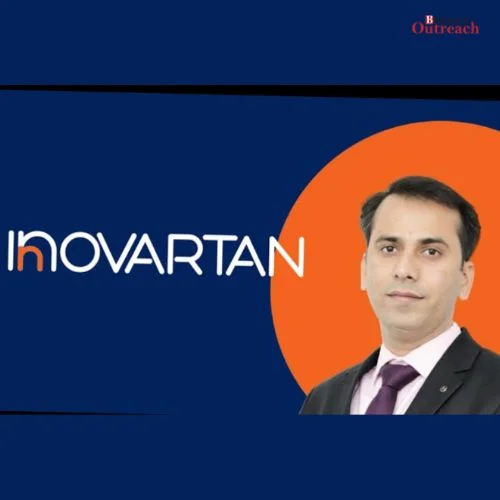Mortgage lender Hinduja Housing Finance Ltd. (HHFL), with an asset book of roughly Rs. 6,800 crores, plans to use a median offering to raise about Rs. 300 crores in subordinate capital and Rs. 500 crores in debt.
A new investment in stock worth more than Rs 160 crore from the Hinduja Group is due in FY23, according to the financier for affordable housing, who forecasted annual growth of 30% for the next three years. The firm has previously accessed finances via bank lines, according to HHFL managing director Sachin Pillai, who told “Business Standard” that the company is now diversifying its resource base.
In addition to banks, HHFL employs commercial papers to finance urgent needs. The firm has access to a reputable lender since it is a wholly-owned subsidiary of Hinduja Leyland Finance Ltd. It can raise money at attractive rates for a long time.
A measure of an entity’s financial leverage, known as the gearing ratio, for HHFL was 6.10x as of March 31, 2022, and 6.16x as of December 31, 2022. Net gearing shouldn’t consistently exceed 7x, according to CARE Ratings. Its debentures and subordinated debt capital have an “AA” grade from the rating company CARE.
In contrast to the minimum requirement of 15%, HHFL’s capital adequacy ratio (CAR) on March 31, 2022, was 18.78%. At the end of March 2021, its CAR was 19.88%. On March 31, 2022, it had a Tier-I capital ratio of 18.67%. Its parent company, Hinduja Leyland Finance, invested cash into HHFL totaling Rs 77 crore in FY22 and Rs 161 crore in FY23.
According to Pillai, the market for affordable housing is seeing constant demand, and the firm has now entered the low-income housing market. The expansion was gradual and consistent during the early years. Following the implementation of risk management and the expansion of the branch network, the growth accelerated.
From Rs 2,585 crore as of March 31, 2021, to Rs 4,047 crore as of March 31, 2022, and then to Rs 6,800 crore by March 2023, this company’s assets under management (AUM) rose. An increase in branches from 95 as of March 31, 2021, to 184 as of December 31, 2022, helped support the portfolio’s growth.
Regarding the asset profile of HHFL, CARE stated that the loan portfolio has experienced remarkable growth despite the portfolio’s poor seasoning.
Its borrower profile, which consists of self-employed individuals in the informal sector, has inherent risks despite its modest asset quality. On December 31, 2022, there were 2.94 percent of gross non-performing assets (GNPA) and 1.63 percent of net non-performing assets (NNPA).















